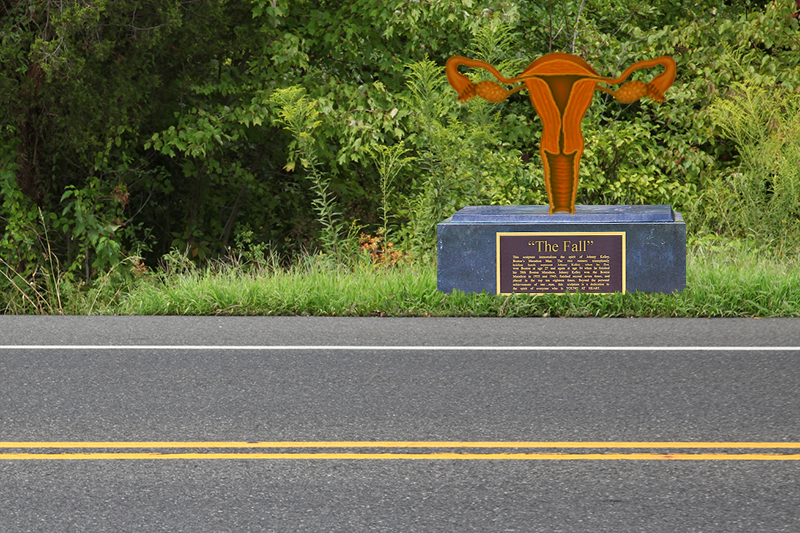Monument on Boston Marathon Course Marks Exact Spot Where Kathrine Switzer's Uterus Fell Out
/When Kathrine Switzer became the first woman to officially run the Boston Marathon, in 1967, distance running was considered too risky for women. Among other dire warnings, she was told that if she tried running 26.2 miles, her uterus would fall out.
Switzer ran the marathon anyway, and her uterus did indeed fall out.
Now a monument has been erected at the very spot where it happened—just shy of mile 22 on Commonwealth Avenue, near the Chestnut Hill Reservoir.
Titled "The Fall" and made possible with private donations, the monument was unveiled in a small ceremony earlier this week. It consists of a large bronze statue of a uterus atop a marble base along with a plaque describing the events of April 19, 1967 and praising Switzer as "a running pioneer who defied the establishment—and paid a steep price for it."
"You have to admire her grit," said Archibald Bunker, a running historian at Boston College. "She knew the risks, and she went ahead anyway—despite repeated warnings."
"In fact," he said, "you know those famous photos of Jock Semple accosting Switzer early in the race? Few people know this, but what he was saying to her was, Ma'am, your uterus! Think of your uterus! Jock was a guy who cared deeply about women and their reproductive health."
Semple was sympathetic when Switzer's uterus fell out, Bunker recalled, "but there was also a little bit of, you know, I told you so."
In the 50-plus years since Switzer's historic run, of course, thousands of women have lost their uteruses along the Boston Marathon route. Today, Bunker said, no one even thinks twice about it.
"It's worth remembering what a big deal that is," he said. "That's what this monument is all about."




